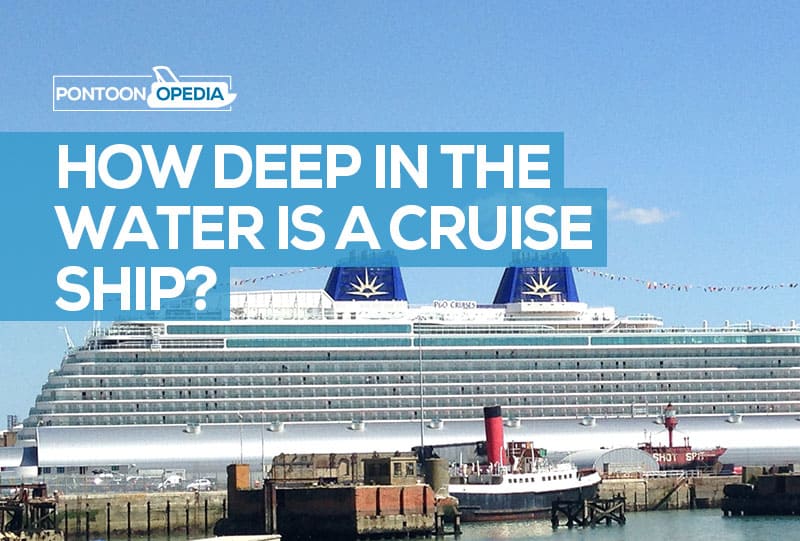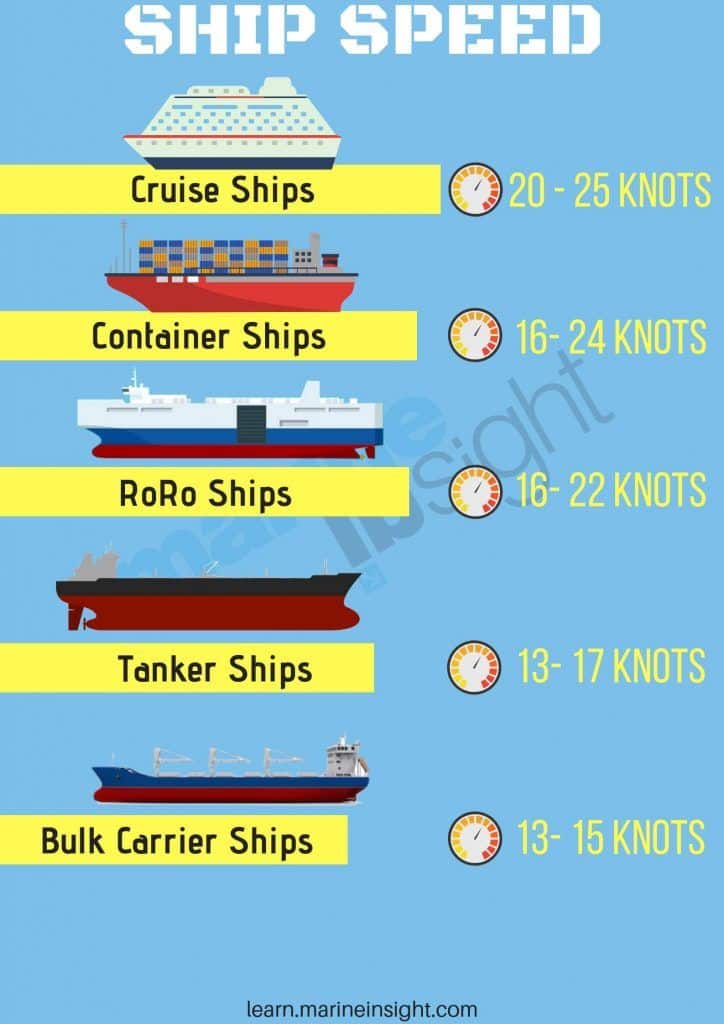Table Of Content

At that time, it was the longest and biggest ship in the world — a title now held by Royal Caribbean’s Freedom of the Seas. The QM2 is the only transatlantic cruise ship currently in operation, and it offers one annual cruise that crosses the Atlantic. The mega-ship is still the largest ship under commission, with a service speed of 26 knots. It’s important to note that the specific influence of these factors may vary between cruise lines and individual voyages. Navigating through hazardous weather conditions is a crucial aspect of cruise ship navigation. Advanced technology, including weather tracking systems and stabilizers, helps to minimize the impact of rough weather on the ship and its passengers.
How Long Does it Take to Prepare a Cruise Ship Between Sailings? Here's What a Crew Member Says. - Royal Caribbean Blog
How Long Does it Take to Prepare a Cruise Ship Between Sailings? Here's What a Crew Member Says..
Posted: Wed, 06 Mar 2024 08:00:00 GMT [source]
What is the environmental impact of cruise ship speeds?
As a cruise enthusiast, I’ve always been curious about the speed of these massive vessels and how they can cover such vast distances in a day. So, I decided to delve deeper into the facts and figures surrounding the speed of cruise ships and the factors that can influence their velocity. Though the Queen Mary 2 carries passengers and has many features similar to a cruise ship, like a theater, spa, and nightclub, it’s not exactly a cruise ship. Technically, cruise ships are for pleasure, while ocean liners are for transportation.
Top Speed of a Cruise Ship – How Fast?
Going faster can lead to a bumpy ride as faster speeds pull more of the hull out of the water. Since giving passengers a comfortable ride is vital, it’s unlikely that a captain would increase the speed unnecessarily. Marella cruise ships usually sail at an average speed of 12 knots. The MSC Virtuosa travels at 20 knots making it one of the fastest cruise ships in the world. Measuring 692ft long and weighing 120,000 tons, the MSC Virtuosa offers all-suite accommodations for just over 1000 people.
Cruise Ship Speed FAQs
Remember, daily distance is just one aspect of your cruise experience. Consider factors like destinations, onboard activities, and overall atmosphere when making your decision. If the ship arrives early, it usually stops and anchors at sea until the port call time arrives.

Cruise lines strive to find the perfect balance between speed, efficiency, and passenger satisfaction to create a memorable and enjoyable cruising experience. While cruise ships have the potential to reach higher speeds, they usually operate at their average cruising speed for efficiency and passenger comfort. So, sit back, relax, and enjoy the journey as your cruise ship glides through the waters at a comfortable and leisurely pace.
Instead of miles per hour, sailors use nautical miles and knots. On the other hand, let’s say you’re crossing a huge stretch of ocean on a Transatlantic cruise. For those long days at sea, the ship will likely sail at its maximum cruising speed to cover more miles faster. Instead, cruise ships generally travel at an optimized cruising speed. This speed is fast enough to make it to the next port of call on time but slow enough to provide a safe, comfortable journey for all aboard.
If you’ve ever sipped a beverage on a sun-kissed deck, you’ve probably wondered, “How fast does a cruise ship go? ” It can’t be denied that a lot of concepts surrounding cruise ships can both excite and intrigue many of us. But let’s get real, the romance of the high seas and the unlimited buffet isn’t our only curiosity.
Cruise Ship Cruising Speed
Let’s round things out with a quick FAQ session to recap what we’ve learned. LNG engines are able to increase efficiency by 15% or more, especially with waste heat recovery (WHR) systems in place. LNG stands for liquified natural gas and was first used for tankers and carriers. In short, the number of knots pulled out into the water over a specific period of time translated into the speed of the vessel's travel.
Cruising Speed vs. Top Speed
Although the ship has been retired since 1969, there’s talk of reviving this speed demon and bringing it back into active service. 100% of sulfur compounds and about 85% of nitrogen oxide is negated by using this fuel source. In either scenario, the ship may speed up or slow down to respond to these emergency situations. Sometimes, the Captain will even slow a ship down to everyone can see a sunset or other passing scenery.
Sometimes, the vessel will sail around in circles just off the coast until cleared to enter the port. Before jumping into the top speed of a cruise ship, let’s first discuss how to calculate it. What started as a yearly vacation with family quickly turned into a passion for travel, cruising and adventure.
So, an ocean liner’s cruising speed and top speed will always be greater than the speed cruise ships sail. ” Setting sail on a cruise is an exhilarating experience, with the vast ocean expanse unfolding before you. The average cruise ship cruising speed is about 20 knots per hour. A nautical mile is a bit longer than a statute, or land-measured mile.
To move a ship as large as Royal Caribbean's Oasis Class cruise ships requires a combination of power generation and efficiency. After all, the easier something is to get going, the less energy required overall. In cases of emergency a cruise ship may travel at top speeds as well. For instance, if a distress call comes in and the ship needs to assist another vessel a captain will use the ship’s full resources to lend aid as quickly as possible. In the 1950s, the time it would take to complete an ocean crossing was a major selling point for cruise lines.
For example, while sailing through Alaska, you might find the ship sailing much slower than normal during the Inside Passage. Sometimes speed is important, like when you’re running late for work or need to get to the store before it closes. Other times, such as when you’re on a cruise, speed is something you want to avoid, or at least, not think about. Luckily, for travelers who love to see the world by ship, a cruising vessel has to go slower than what we’re used to with cars or planes.
Aero derivative gas turbine engines and diesel-electric engines both rely on super-heated air to combust. Although less common than the other factors we discussed, emergencies can and do happen at sea. During your cruise, you’re free to do whatever you like, whenever you like — eat, sleep, swim, and enjoy the amazing amenities.

No comments:
Post a Comment